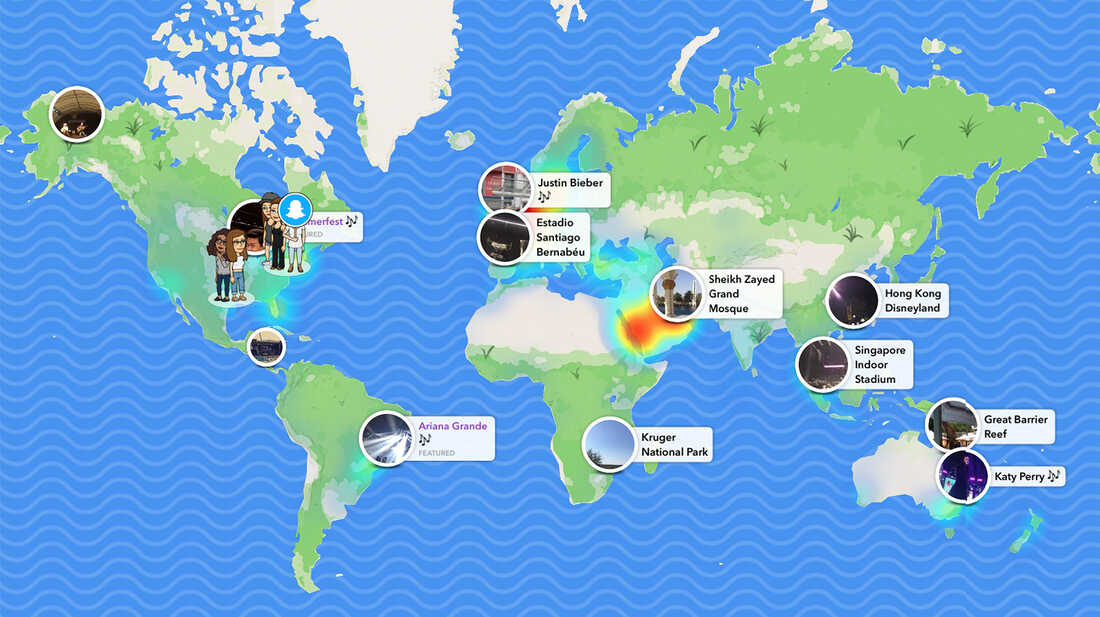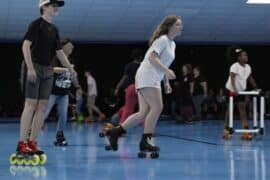Mastering Map Snap: The Ultimate Parent’s Guide to Supporting Your Child’s Geographic Skills
Hello wonderful parents! Are you ready to become your child’s best geography teacher without even stepping outside your front door? Yay! ??
Welcome to our delightfully informative guide on Map Snap, a game that’s not only packed with fun but also sprinkled with a good dose of educational value! As parents, I know we’re always on the lookout for creative ways to support our little ones’ learning experiences. So, let’s dive into the colorful world of maps, shall we?
What is Map Snap?
Map Snap is an interactive tool, you got it, much more than just any tool – think of it as a magical gateway to mastering the art of reading maps and understanding our wonderful world’s geography. Whether you’re navigating through states, countries, or continents, this game encourages your young explorers to literally “snap” pieces of the map in place, creating beautiful landscapes and political boundaries. It’s a brain-tickling, curiosity-awakening journey for all ages!
Why is Geography Important for Kids?
Now, let’s chat about why geography rocks! Being savvy in geography helps kids make sense of the news, understand historical events, respect cultural differences, and get one step closer to being global citizens. It develops spatial thinking, problem-solving skills, and gives them a perspective on how diverse our planet truly is. Plus, it’s essential for those future vacation plans—we all love a kiddo who can help us navigate, right?
Benefits of Playing Map Snap for Children
- Sparks Interest in the World: Map Snap turns the vast, complex world into an engaging puzzle your child will love to solve.
- Builds Memory: Remembering country shapes, locations, and capitals can be a workout for the brain! ??
- Develops Hand-Eye Coordination: Dragging and dropping those map pieces requires fine motor skills.
- Encourages Problem-Solving: Finding the right place for each piece can be quite the challenge.
- History Tie-In: It’s easier to connect historical events with physical locations when kids understand geography.
How to Introduce Your Child to Map Snap
No matter if your child is a tiny tot or a cool pre-teen, Map Snap can be introduced in a way that’s enjoyable for all. Here’s how to get started:
- Choose the Right Version: Map Snap comes in various flavors, ranging from simple country shapes to more complex state or regional maps. Pick the one that suits your child’s age and interest.
- Family Fun Time: Share the experience by playing together. It’s a fantastic way to bond and learn at the same time.
- Take It Slow: Start with familiar places. If you live in the U.S., begin with a map of the United States before moving on to the whole North American continent.
- Encourage Curiosity: Every time they place a piece, talk about that country or state. Add some cool fun facts into the mix!
- Practice Makes Perfect: Regularly coming back to play will help reinforce their geographical knowledge.
Supporting Your Child’s Learning Journey with Map Snap
As a parent, your support is crucial in making Map Snap an effective learning tool. Here are a few joyous tips on getting the most out of this interactive globetrotting experience:
- Set achievable goals and celebrate when your child reaches them. This could be successfully placing all countries in a continent or memorizing all the capitals.
- Incorporate stories and visuals. Kids adore a good story, especially when it features places they’ve just learned about!
- Make use of additional resources like books, globes, and even atlas-themed decorations. They’ll keep the geography love glowing!
- Keep the conversation going about geography outside of the game by discussing travel, cultures, and landscapes. It connects what they see in Map Snap to the real world!

Mastering Map Snap: The Ultimate Parent’s Guide to Supporting Your Child’s Geographic Skills
Hello wonderful parents! Are you ready to become your child’s best geography teacher without even stepping outside your front door? Yay! ?? Welcome to our delightfully informative guide on Map Snap, a game that’s not only packed with fun but also sprinkled with a good dose of educational value! As parents, I know we’re always on the lookout for creative ways to support our little ones’ learning experiences. So, let’s dive into the colorful world of maps, shall we?
What is Map Snap?
Map Snap is an interactive tool, you got it, much more than just any tool – think of it as a magical gateway to mastering the art of reading maps and understanding our wonderful world’s geography. Whether you’re navigating through states, countries, or continents, this game encourages your young explorers to literally “snap” pieces of the map in place, creating beautiful landscapes and political boundaries. It’s a brain-tickling, curiosity-awakening journey for all ages!
Why is Geography Important for Kids?
Now, let’s chat about why geography rocks! Being savvy in geography helps kids make sense of the news, understand historical events, respect cultural differences, and get one step closer to being global citizens. It develops spatial thinking, problem-solving skills, and gives them a perspective on how diverse our planet truly is. Plus, it’s essential for those future vacation plans—we all love a kiddo who can help us navigate, right?
Benefits of Playing Map Snap for Children
– Sparks Interest in the World: Map Snap turns the vast, complex world into an engaging puzzle your child will love to solve.
– Builds Memory: Remembering country shapes, locations, and capitals can be a workout for the brain! ??
– Develops Hand-Eye Coordination: Dragging and dropping those map pieces requires fine motor skills.
– Encourages Problem-Solving: Finding the right place for each piece can be quite the challenge.
– History Tie-In: It’s easier to connect historical events with physical locations when kids understand geography.
How to Introduce Your Child to Map Snap
No matter if your child is a tiny tot or a cool pre-teen, Map Snap can be introduced in a way that’s enjoyable for all. Here’s how to get started:
1. Choose the Right Version: Map Snap comes in various flavors, ranging from simple country shapes to more complex state or regional maps. Pick the one that suits your child’s age and interest.
2. Family Fun Time: Share the experience by playing together. It’s a fantastic way to bond and learn at the same time.
3. Take It Slow: Start with familiar places. If you live in the U.S., begin with a map of the United States before moving on to the whole North American continent.
4. Encourage Curiosity: Every time they place a piece, talk about that country or state. Add some cool fun facts into the mix!
5. Practice Makes Perfect: Regularly coming back to play will help reinforce their geographical knowledge.
Supporting Your Child’s Learning Journey with Map Snap
As a parent, your support is crucial in making Map Snap an effective learning tool. Here are a few joyous tips on getting the most out of this interactive globetrotting experience:
– Set achievable goals and celebrate when your child reaches them. This could be successfully placing all countries in a continent or memorizing all the capitals.
– Incorporate stories and visuals. Kids adore a good story, especially when it features places they’ve just learned about!
– Make use of additional resources like books, globes, and even atlas-themed decorations. They’ll keep the geography love glowing!
– Keep the conversation going about geography outside of the game by discussing travel, cultures, and landscapes. It connects what they see in Map Snap to the real world!
Alright, super parents, that’s our cheerful introduction to becoming map wizards with Map Snap! Stay tuned for our next chapters, where we’ll explore even more tips and tricks to nurture a passion for geography in your home. Let’s snap those maps and expand those horizons! ??
. For more information see here
Disclaimer
The articles available via our website provide general information only and we strongly urge readers to exercise caution and conduct their own thorough research and fact-checking. The information presented should not be taken as absolute truth, and, to the maximum extent permitted by law, we will not be held liable for any inaccuracies or errors in the content. It is essential for individuals to independently verify and validate the information before making any decisions or taking any actions based on the articles.




